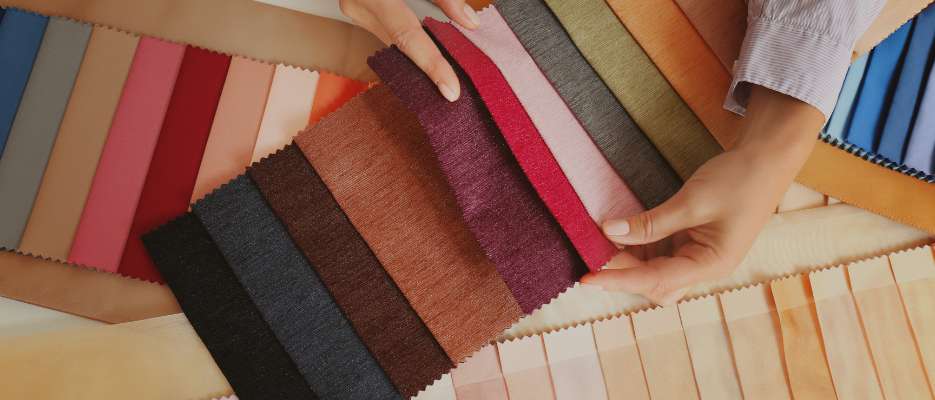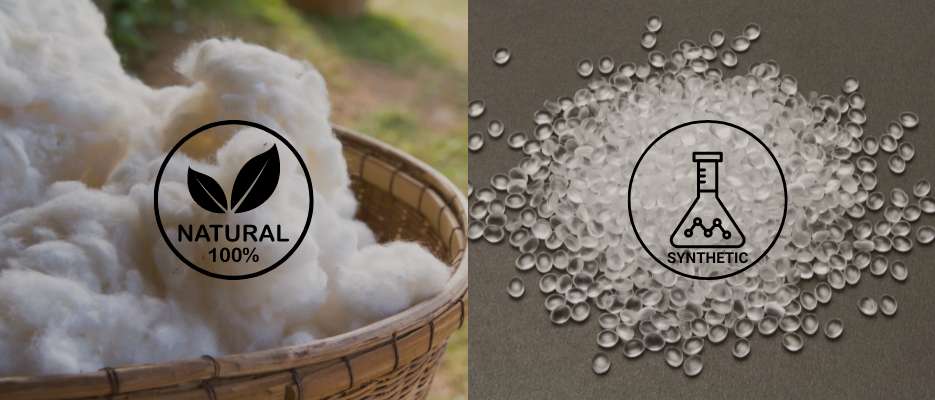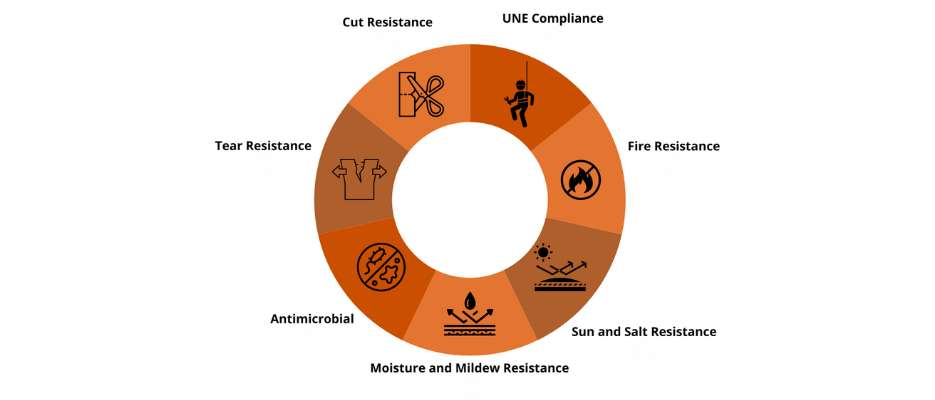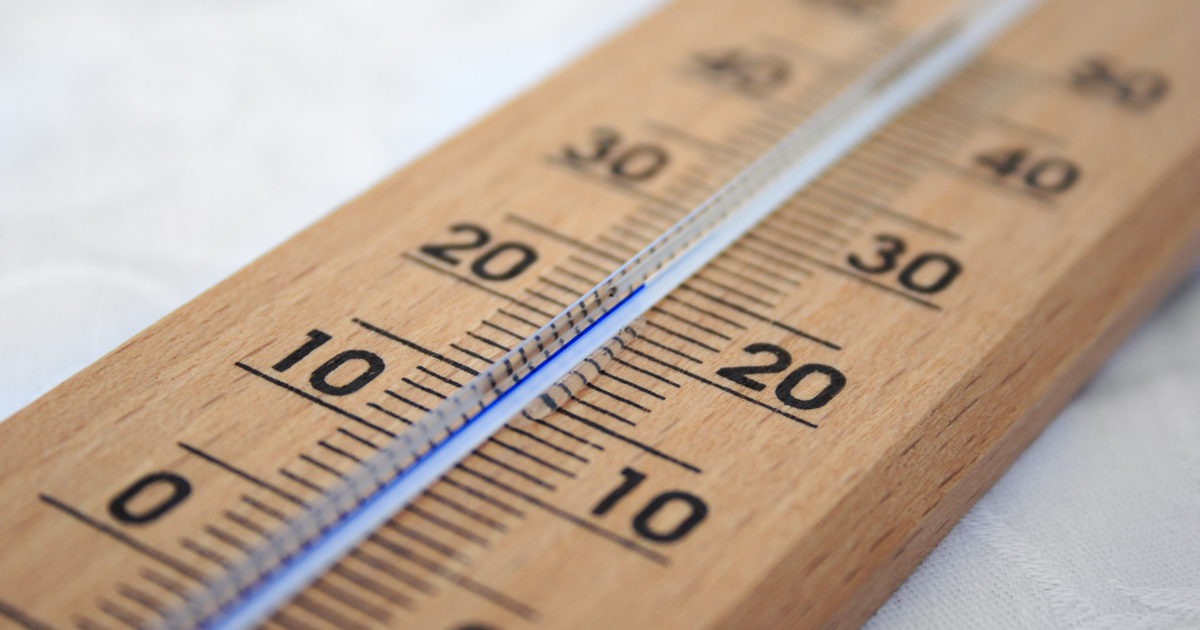Exploring the types of fabrics: kind of fabrics and its uses

The world of textiles is vast and exciting, offering a seemingly endless variety of fabrics to choose from. But with so many options available, navigating this world can be overwhelming. This guide serves as your one-stop shop for understanding different kinds of textile fabrics (also known as different types of fabrics or fabric types). We’ll delve into natural fibers vs. synthetic fabrics (also known as man-made fibers), explore specialty fabrics, and provide key considerations for choosing the perfect fabric for your project.
Natural vs. Synthetic Fabrics: Understanding the Difference

Natural fibers are derived from plants, animals, or minerals. They are generally known for their breathability, comfort, and luxurious feel. Common examples include:
– Cotton fabric: A versatile and popular choice, cotton is soft, breathable, and easy to care for. It’s widely used for clothing, bedding, and upholstery.
– Linen: Renowned for its coolness and strength, linen is a perfect summer fabric for clothing, tablecloths, and curtains.
– Wool: A natural insulator, wool provides warmth and comfort in clothing, blankets, and carpets.
– Silk: Known for its luxurious drape and soft feel, silk is used for high-end clothing, scarves, and bedding.
Synthetic fabrics are man-made materials created from chemical processes. They offer several advantages, including affordability, durability, and wrinkle resistance. Some common types include:
– Polyester: A highly versatile synthetic fabric known for its strength, wrinkle resistance, and moisture-wicking properties. It’s widely used for clothing, activewear, and home furnishings.
– Nylon: Strong, lightweight, and water-resistant, nylon is commonly used for sportswear, backpacks, and carpets.
– Acrylic: Offering a wool-like feel, acrylic is a popular choice for sweaters, blankets, and upholstery. It’s known for being easy to care for and resistant to wrinkles.
For a more detailed exploration of natural and synthetic fibers, you can refer to this MasterClass article: “28 Types of Fabrics and Their Uses”
Exploring Natural Fabrics
Natural fabrics offer a unique blend of comfort, breathability, and aesthetics. Let’s explore some further classifications within natural fabrics:
– Woven vs. Knitted: Fabrics can be constructed through weaving or knitting. Woven fabrics are formed by interlacing vertical threads (warp) with horizontal threads (weft). Common weaves include plain weave fabric (used for cotton and linen) and twill weave (used for denim). Knitted fabrics are created by looping yarn together, resulting in a stretchy and flexible material. Common examples include jersey knit (used for t-shirts) and fleece (used for sweatshirts).
– Delicate fabrics: These fabrics require special care due to their fine construction. Examples include silk, chiffon (a sheer, lightweight fabric), and lace.
Synthetic Fabrics
Synthetic fabrics have revolutionized the textile industry, offering a vast array of functionalities:
– Pile fabrics: These fabrics feature a raised surface of loops or cut ends, creating a soft and textured feel. Examples include velvet and fleece.
– Warp knitted fabrics: A specific type of knitted fabric known for its high stability and dimensional accuracy. It’s often used for sportswear and upholstery.
– Jacquard loom: This weaving technique creates intricate patterns and designs on fabrics. It’s commonly used for high-end upholstery and decorative fabrics.
Specialty Fabrics: Innovations and Unique Properties
Beyond natural and synthetic fabrics lies a world of specialty fabrics designed for specific purposes:
– Fire-resistant fabrics: Here at Dabedan, we specialize in fire retardant fabrics for interior decoration in public spaces. These fabrics are essential for ensuring safety compliance while maintaining aesthetics. Discover our catalogue of FR fabrics.
– Performance fabrics: Engineered for specific activities, these fabrics offer moisture-wicking, breathability, and odor-resistance properties.
– Sustainable fabrics: As environmental consciousness grows, sustainable fabrics like organic cotton and recycled polyester are gaining traction.

Choosing the Right Fabric for Your Project: Factors to Consider
With a plethora of fabric options available, selecting the right one for your project requires careful consideration:
– Purpose: What will the fabric be used for? Clothing, upholstery, or curtains will each have different requirements.
– Durability: How much wear and tear will the fabric experience? Consider factors like washing frequency and potential for abrasion.
– Aesthetics: What look and feel are you aiming for? Consider factors like drape, texture, and color.
– Care: How easy is the fabric to clean and maintain?
Future Trends in Fabric Development and Design

The future of fabrics is brimming with exciting possibilities driven by advancements in technology, sustainability, and functionality. Here’s a glimpse into what we can expect:
– Smart textiles: Fabrics embedded with electronic components and sensors are poised to revolutionize various aspects of our lives. Imagine clothing that monitors your health vitals, regulates temperature, or even interacts with your devices.
– Biomimicry: Nature continues to inspire innovation. Fabrics mimicking natural structures like spider silk (known for its exceptional strength) or lotus leaves (naturally water-repellent) are being developed, offering groundbreaking properties.
– Nanotechnology: The manipulation of materials at the atomic level promises fabrics with self-cleaning properties, enhanced stain resistance, and improved durability.
– 3D printing: This technology opens doors for customized and on-demand fabric creation, potentially reducing waste and enabling intricate designs.
– Sustainable materials: The focus on eco-friendly practices will continue to drive innovation in fabric development. We can expect to see increased use of recycled materials, organic fibers, and closed-loop production systems that minimize environmental impact.
These are just a few exciting trends shaping the future of fabrics. As technology and sustainability concerns continue to evolve, we can expect even more groundbreaking innovations in the years to come. Here at Dabedan, we are committed to staying at the forefront of these advancements, ensuring we offer the best possible fire-resistant fabrics for your interior decoration needs.
In conclusion, by understanding the different types of fabrics available, their properties, and future trends, you’ll be well-equipped to make informed decisions for your next project. Whether you prioritize comfort, functionality, or sustainability, the world of textiles offers something for everyone. Dabedan is proud to be a part of this ever-evolving industry, providing fire-resistant solutions that combine safety with style.
Subscribe to our newsletter
Receive all communications in your email to stay up to date with our news, as well as news and advice about the sector.
Latest published articles
Do you need advice?
We collaborate with you to develop custom designs tailored to the needs of each project, creating the fabric according to aesthetic, quality, or usage requirements.
Get in touch with us, and we will advise you on our products, or request a free sample.

